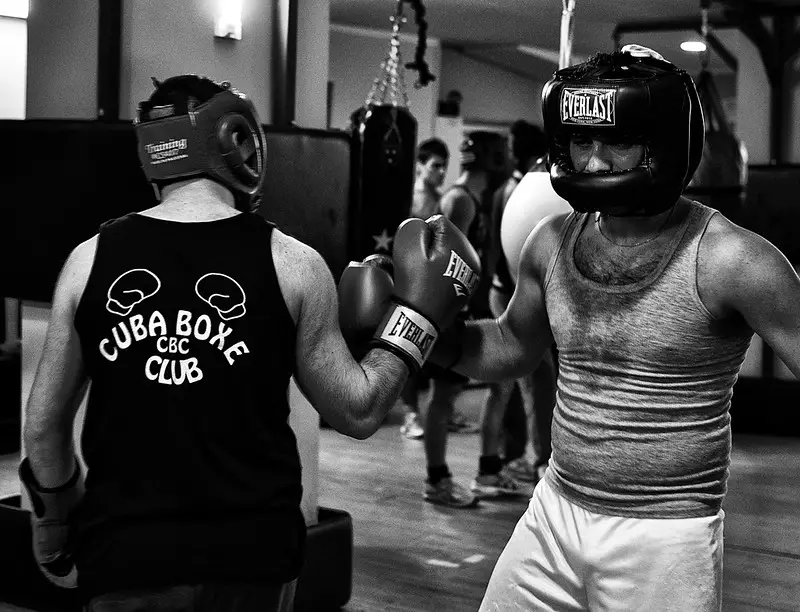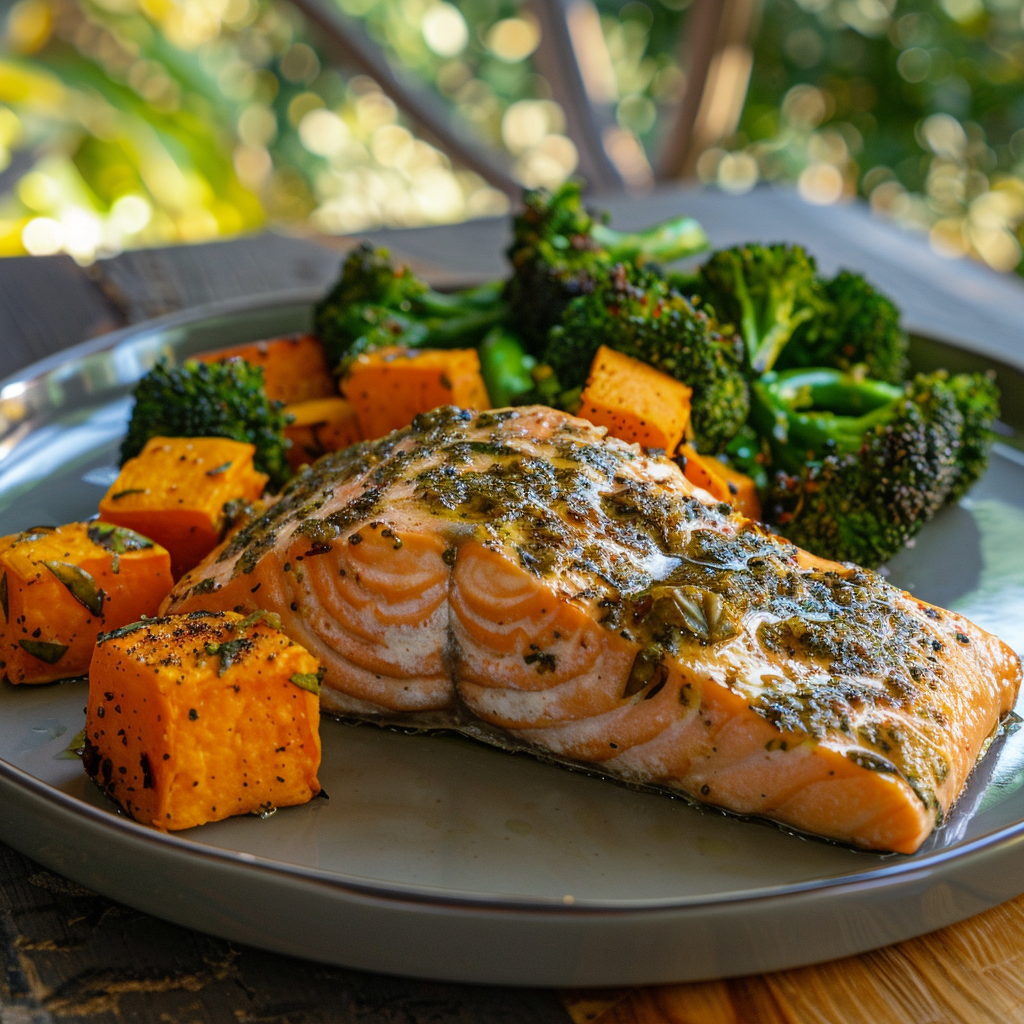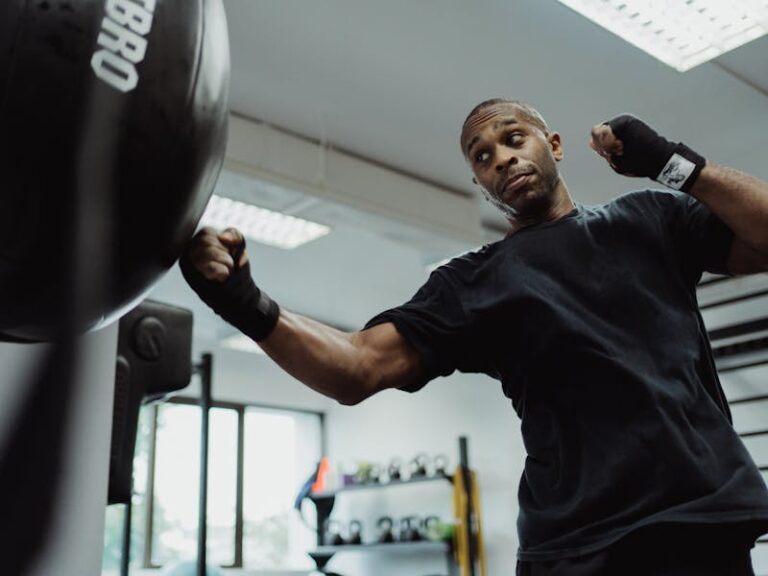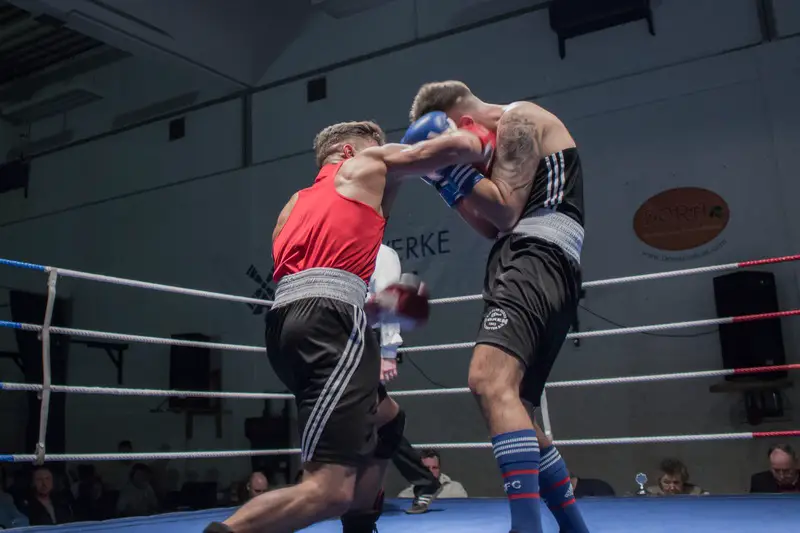Boxing training is hard on your body, making post-workout boxing recovery essential if you want to succeed and stay healthy and consistent.
In this article, you will learn valuable MMA recovery tips that will make your combat journey more comfortable, and enable you to train more and thus progress faster. Let’s dive right into it.
Boxing Recovery Most Effective Methods
Hydration
Hydration is paramount for athletes. This is notably true for boxers as they engage in intense activity that leads to significant fluid loss through sweat. Drink plenty of water before, during, and after training or competition to stay hydrated.
The American Council on Exercise (ACE) recommends consuming 7–10 ounces (approximately 200–300 millilitres) of fluid every 10–20 minutes during exercise. However, individual needs may vary, so it’s essential to listen to your body’s cues and adjust accordingly.
How much water should boxers drink?
A good rule of thumb is to sip water every 15–20 minutes during exercise, although individual needs may vary depending on factors like sweat rate, intensity of exercise, and environmental conditions.
To determine your specific hydration needs, consider factors such as body weight, sweat rate, and exercise duration. A general guideline is to aim for about 0.5 to 1 ounce of water per pound of body weight per day for sedentary individuals.
However, for athletes engaging in vigorous exercise like boxing, fluid requirements increase significantly.
Before training or competition, aim to drink about 16–20 ounces (approximately 500–600 millilitres) of water 2–3 hours beforehand to ensure adequate hydration. This helps to rehydrate the body and optimize performance during the workout or fight.

After training or competition, replenish lost fluids by drinking water or hydrating beverages. Aim to drink at least 16–24 ounces (approximately 500–700 millilitres) of water for every pound of body weight lost during exercise.
In addition to water, electrolyte-rich beverages or sports drinks can help replace lost electrolytes such as sodium and potassium, especially during prolonged or intense exercise sessions.
Pre and Post-Workout Nutrition for Boxers
Nutrition plays a vital role in the performance, recovery, and overall well-being of boxers. Consuming a balanced diet that provides essential nutrients is key to supporting training efforts and optimizing performance in the ring.
What to eat before a boxing workout?
A balanced pre-workout boxing meal should include a combination of carbohydrates, lean proteins, and healthy fats to provide sustained energy and support muscle function.
The meal might include options like grilled chicken breast with quinoa and steamed vegetables, a turkey and avocado whole-grain wrap, or a smoothie made with protein powder, fruits, spinach, and almond butter.
What to eat after a boxing workout?
A balanced post-workout meal or snack should contain a combination of carbohydrates and proteins, along with adequate fluids to rehydrate the body.
An ideal post-workout meal might include options such as grilled salmon with roasted sweet potatoes and steamed broccoli, a turkey and vegetable stir-fry with brown rice, or a protein smoothie made with fruits, Greek yoghurt, and spinach.

Timing is also crucial for post-workout nutrition. Aim to consume your post-workout meal or snack within 30–60 minutes after exercise to optimize recovery and maximize nutrient uptake by the muscles.
By focusing on balanced nutrition and timing your meals strategically, you can support your boxing training efforts, promote recovery, and perform at your best both in and out of the ring.
Active Rest For Boxers
Active recovery plays a crucial role in the overall training regimen of boxers. In addition to promoting blood flow and reducing muscle soreness, active recovery activities also help to keep the body mobile and improve overall fitness levels.
What boxers should do during active rest days?
Here are some examples of light exercises and activities that boxers can incorporate into their active recovery routine:
- Walking (30–40 min). Maintain a steady pace throughout the walk. Focus on proper posture and stride length. Incorporate short intervals of increased speed or incline every 5–10 minutes to add variety and challenge to the workout.
- Cycling (20–30 minutes). Cycle at a moderate intensity, maintaining a consistent cadence throughout the session. Adjust resistance as needed to keep the effort level comfortable. Alternate between 1–2 minutes of higher intensity cycling (increased resistance or faster cadence) and 1–2 minutes of recovery cycling at an easier pace.
- Swimming boxing workout . Start with 5–10 minutes of easy-paced swimming, focusing on proper form and technique. Swim continuous laps at a comfortable pace, alternating between different strokes (freestyle, backstroke, breaststroke, etc.) to engage different muscle groups. Incorporate swimming drills such as kickboard drills, pull buoy drills, or stroke refinement drills to work on specific aspects of your technique.
Staying consistent with active recovery practices can contribute to long-term performance gains and injury prevention in boxing training.
Rest and Sleep As Best Methods for Boxing Recovery
Adequate rest allows the body to recover from the stresses of training, repair damaged tissues, and replenish energy stores, essential for optimal performance and injury prevention. It is the single most important boxing recovery method.
Muscle Repair and Growth
During sleep, the body releases growth hormone, which plays a key role in muscle repair and growth. Adequate sleep facilitates the repair of microtears in muscle fibres that occur during training, promoting muscle recovery and adaptation to exercise.
A study published in the journal Sleep examined the effects of sleep deprivation on muscle recovery following exercise-induced muscle damage. The researchers found that sleep deprivation impaired muscle protein synthesis and delayed muscle recovery compared to adequate sleep conditions. (Dattilo, M. et al., 2011)
Hormone Regulation
Sleep is essential for the regulation of various hormones, including cortisol (stress hormone) and testosterone (anabolic hormone). Chronic sleep deprivation can disrupt hormonal balance, leading to increased cortisol levels, decreased testosterone levels, and impaired recovery and muscle growth.
One study found that sleep restriction led to alterations in hormone levels, including decreased testosterone and increased cortisol levels, which could negatively affect recovery and athletic performance. (Leproult, R. et al., 2011)
Immune Function
Quality sleep is crucial for supporting immune function, as it allows the body to produce cytokines, proteins that help regulate the immune response. Sleep deprivation has been linked to immune suppression, increasing susceptibility to infections and delaying recovery from illness or injury.
Ice Baths and Contrast Therapy
Ice baths and contrast therapy are popular recovery techniques used by athletes, including boxers, to accelerate recovery, reduce muscle soreness, and enhance overall performance.
These methods involve exposing the body to cold temperatures, which constrict blood vessels and reduce inflammation, followed by heat, which promotes blood flow and relaxes muscles.
Ice Bath Session for Boxers
- Preparation – Fill a bathtub with cold water, ideally between 50–59°F (10–15°C). You can add ice cubes to lower the temperature further if desired.
- Immerse Yourself – Carefully step into the bathtub and sit down, ensuring that your body is fully submerged up to the waist or chest level. It’s normal to experience a shock response initially, but your body will gradually adjust to the cold temperature.
- Relax and Breathe – Focus on relaxing your muscles and breathing deeply. You may experience a numbing sensation, which can help alleviate soreness and discomfort.
- Duration – Remain in the ice bath for 10–15 minutes. If it’s your first time, start with shorter durations
Contrast Therapy Session For Boxers
- Preparation: Fill two separate containers — one with cold water and the other with comfortably warm water (around 100–104°F or 38–40°C).
- Start with Cold: Begin by immersing yourself in the cold water container, ensuring that your body is fully submerged up to the waist or chest level. Hold this position for 1–2 minutes.
- Switch to Heat: After the cold immersion, transfer to the warm water container. Submerge yourself up to the same level as before and relax for 2–3 minutes. The warm water will help relax your muscles and promote blood flow.
- Repeat: Alternate between cold and warm water immersion for 3–4 cycles, spending approximately 1–2 minutes in each temperature. You can adjust the duration based on your preference and tolerance.
- End the contrast therapy session with a final immersion in cold water for 1–2 minutes to constrict blood vessels.
Ice baths and contrast therapy sessions can be incorporated into your post-training routine, ideally within 30 minutes to 2 hours after intense exercise. Start with shorter durations and lower temperatures, especially if you’re new to these recovery methods, and gradually increase intensity as your body adapts.
It’s essential to listen to your body and monitor your response to cold exposure. If you experience any adverse reactions or discomfort, discontinue the session and consult with a healthcare professional.
Foam Rolling and Massage
Foam rolling and massage are valuable techniques used by athletes, including boxers, to aid in recovery, alleviate muscle tightness, and enhance performance.
These methods involve applying pressure to specific areas of the body using foam rollers, massage balls, or massage sticks, targeting muscle knots (also known as trigger points) and areas of tension.
A study published in the Journal of Athletic Training found that foam rolling immediately after exercise significantly reduced muscle soreness and improved muscle function compared to no intervention. (Peacock, J. et al., 2015)
Another study published in the International Journal of Sports Physical Therapy showed that foam rolling prior to exercise increased knee joint range of motion without negatively impacting muscle performance, suggesting that foam rolling can enhance flexibility without compromising strength. (Healey, K. C. et al., 2014)
Benefits of Foam Rolling and Massage For Boxing Recovery
- Improved Blood Circulation. Foam rolling and massage helps stimulate blood flow to muscles, which can promote the delivery of oxygen and nutrients to tissues while aiding in the removal of waste products.
- Reduced Muscle Stiffness. By applying pressure to tight muscles and fascia (connective tissue), foam rolling and massage help release muscle tension and reduce stiffness, improving flexibility and range of motion.
- Alleviation of Muscle Soreness. Research suggests that foam rolling and massage may help reduce delayed onset muscle soreness (DOMS) following intense exercise or training sessions, allowing athletes to recover more quickly and resume training sooner.
- Enhanced Recovery. Incorporating foam rolling and massage into post-workout routines can help accelerate recovery by promoting muscle relaxation and reducing inflammation, potentially preventing injuries and improving overall performance over time.
Static Stretching and Mobility Work For Boxing Recovery
Static stretches are done after training to promote muscle relaxation and flexibility. Additionally, mobility exercises target joint health and range of motion, ensuring optimal movement patterns during boxing techniques.
Static Stretching Routine (After Training):
Hold each static stretch for 15–30 seconds, focusing on deep breathing and relaxing into the stretch. Repeat each stretch 2–3 times on each side.
Hamstring Stretch:
- Sit on the ground with one leg extended straight in front of you and the other leg bent with the sole of the foot against the inner thigh.
- Lean forward from the hips, reaching towards the toes of the extended leg. Hold the stretch and then switch legs.
Quadriceps Stretch:
- Stand tall with one hand against a wall or holding onto a support for balance.
- Grab the ankle of one leg and gently pull your heel towards your glutes until you feel a stretch in the front of your thigh. Hold the stretch and then switch legs.
Chest Stretch:
- Stand tall with your feet shoulder-width apart.
- Interlace your fingers behind your back and straighten your arms, lifting them slightly away from your body.
- Open your chest and shoulders as you gently lift your arms upward. Hold the stretch.
Calf Stretch:
- Stand facing a wall with one foot forward and one foot back, keeping both heels flat on the ground.
- Lean forward, keeping your back leg straight, until you feel a stretch in the calf of the back leg. Hold the stretch and then switch legs.
Is Boxing Dangerous For Beginners?
Final Thoughts on Boxing Recovery Tips
Effective boxing recovery strategies are essential for boxers to optimize their performance, prevent injuries, and sustain long-term success in the sport.
By incorporating a combination of hydration, nutrition, active recovery, stretching and mobility work, foam rolling and massage, rest, and sleep into their training regimen, boxers can support muscle recovery, reduce inflammation, and promote overall well-being.
Prioritizing these recovery techniques alongside proper training and competition preparation will help boxers maximize their physical and mental resilience, ultimately leading to improved performance in the ring.
Is Boxing Dangerous For Beginners?


